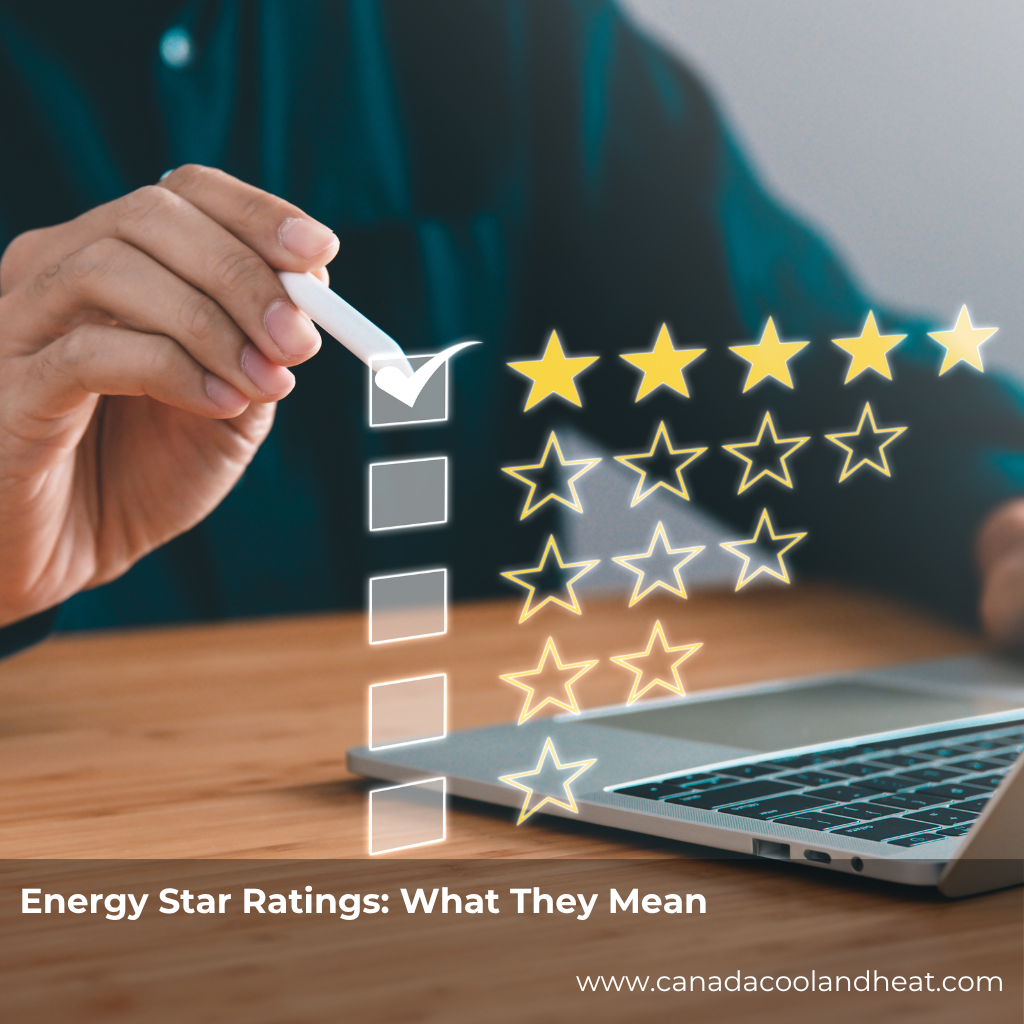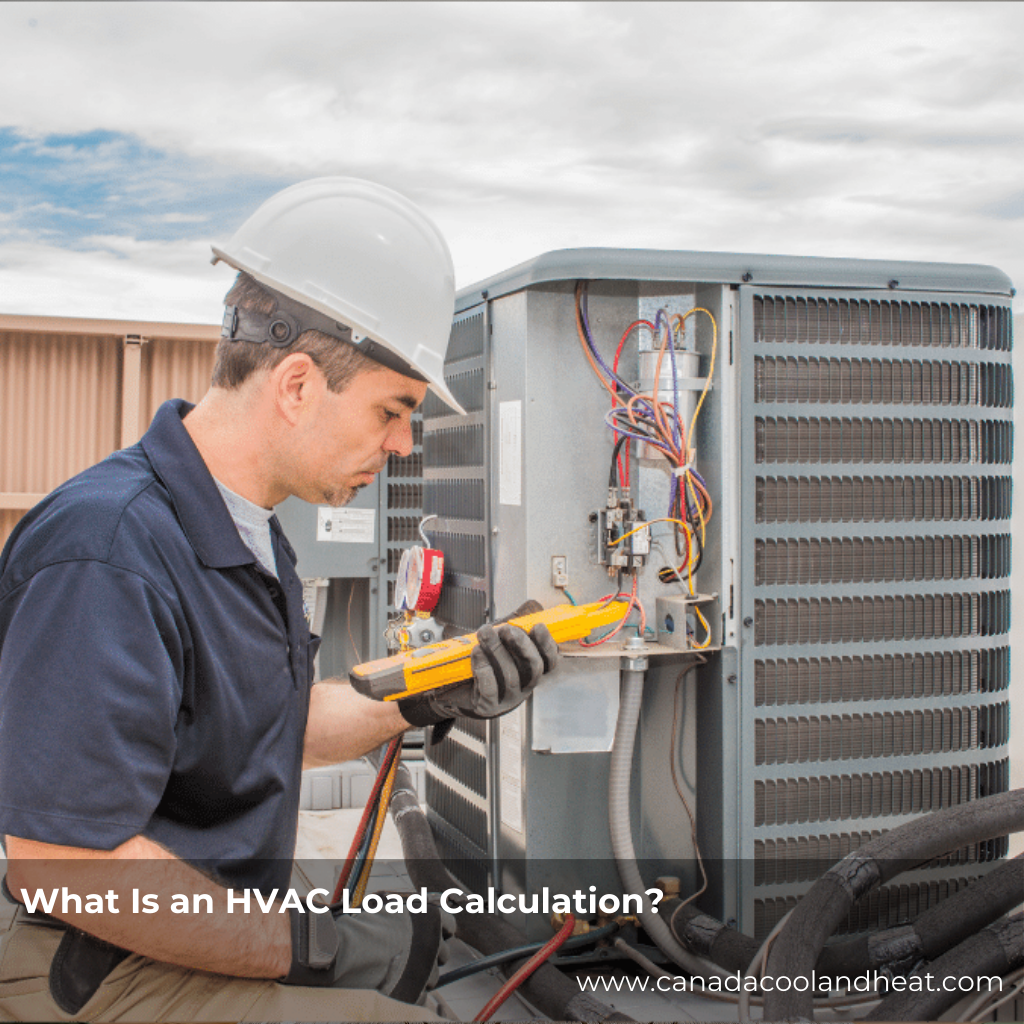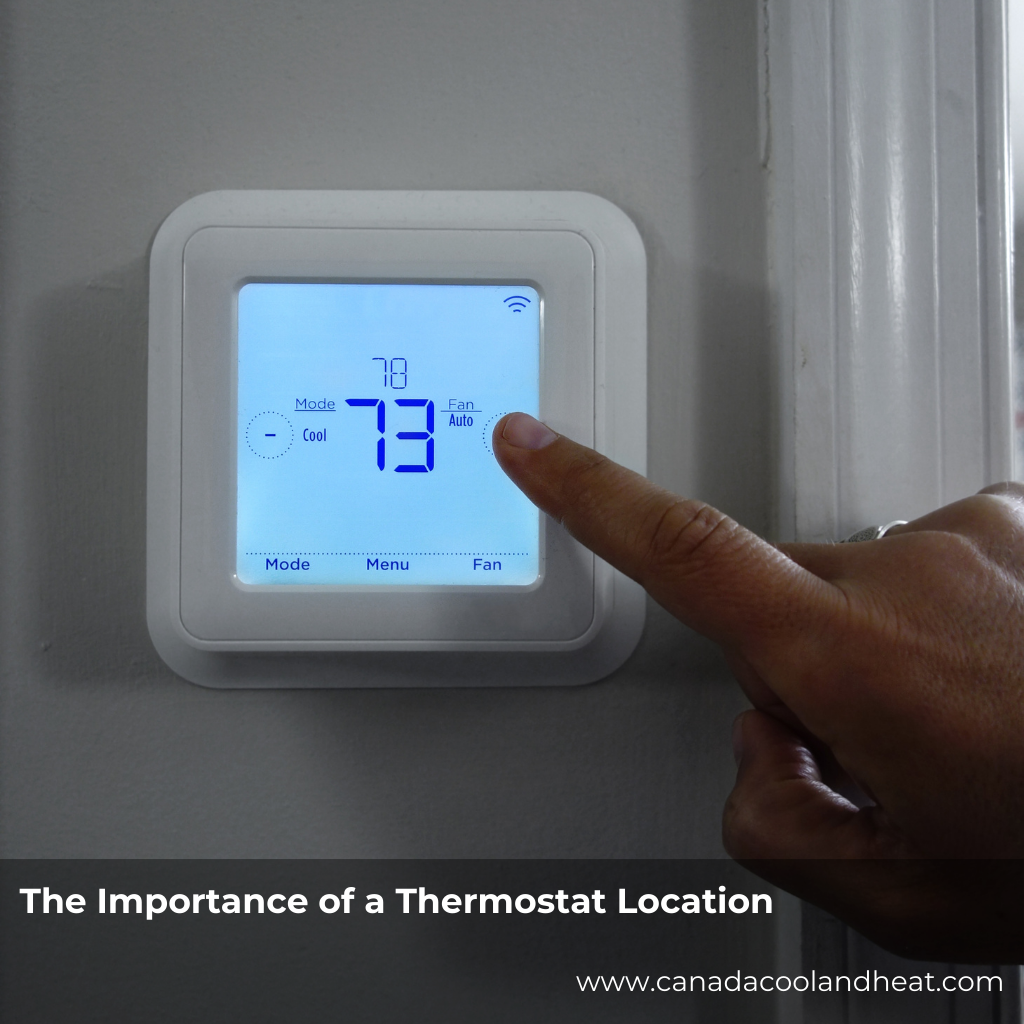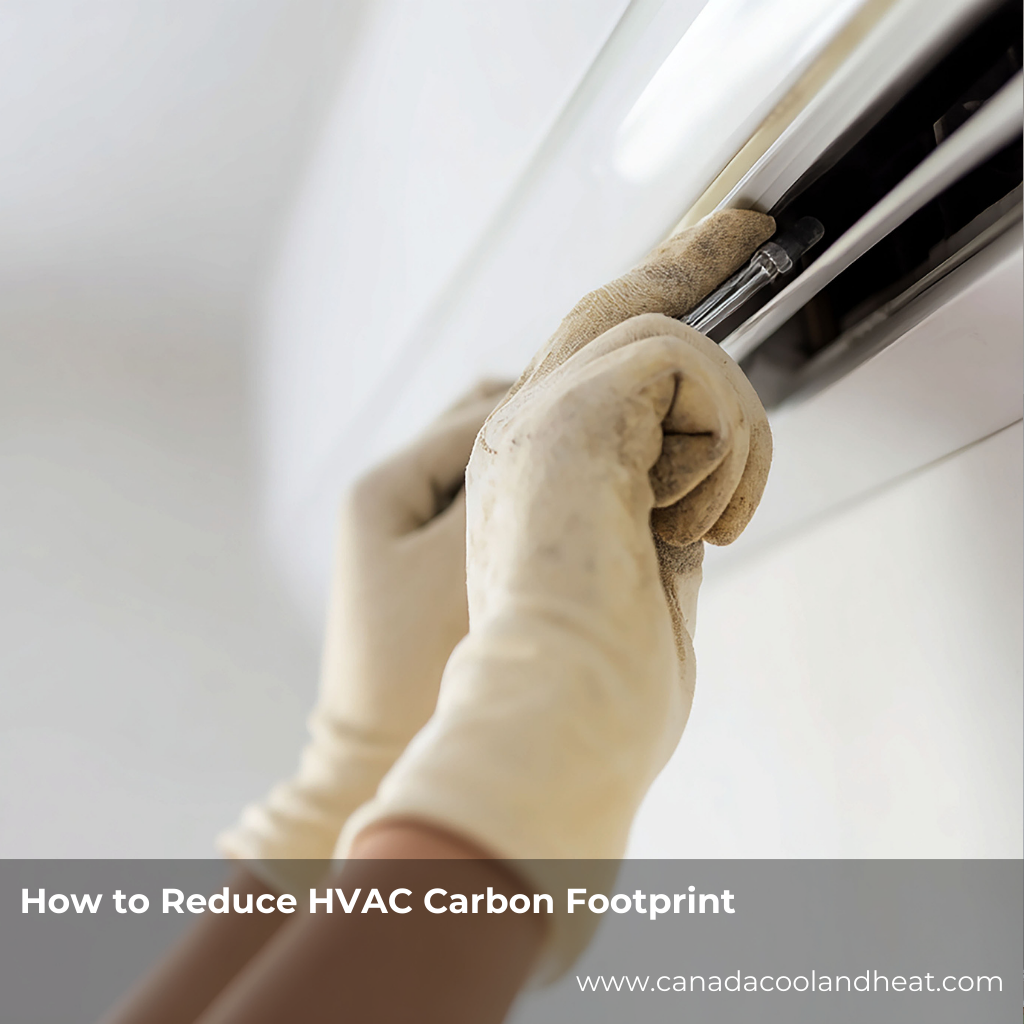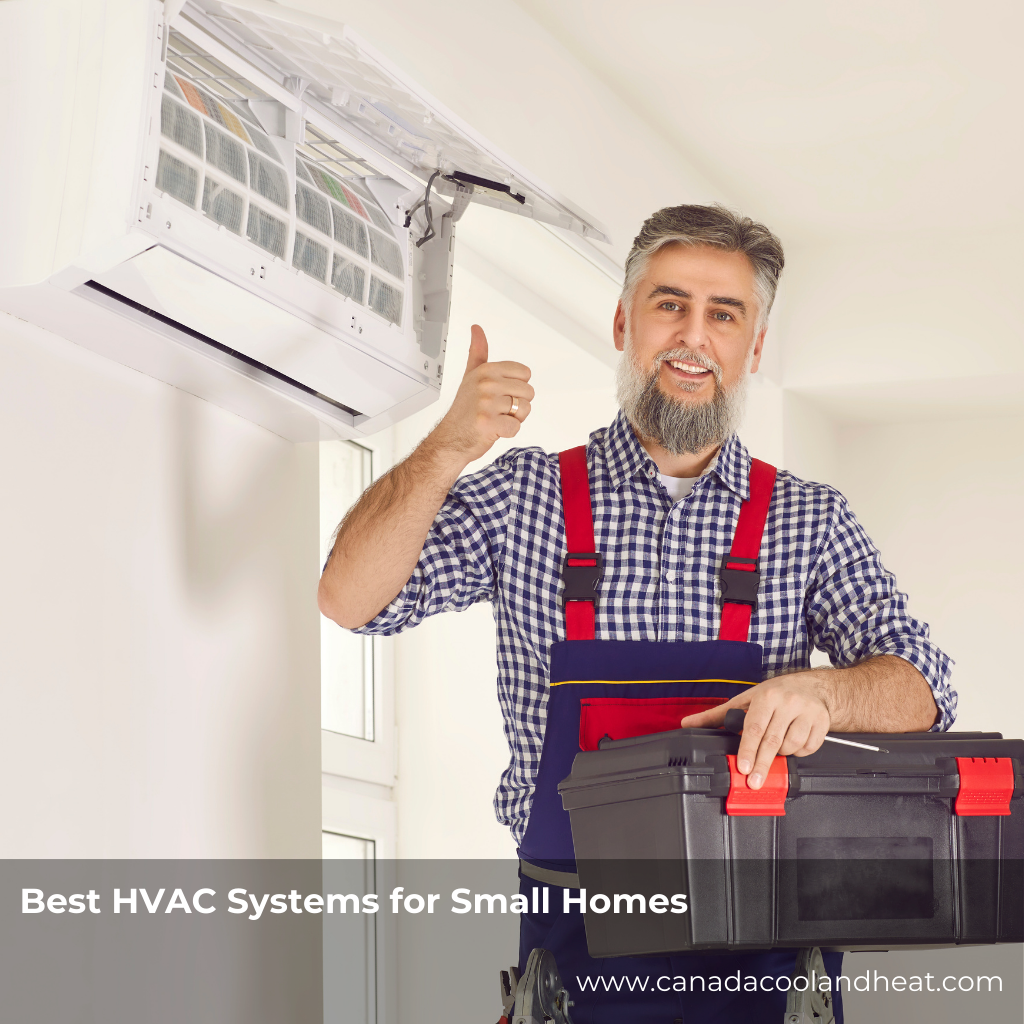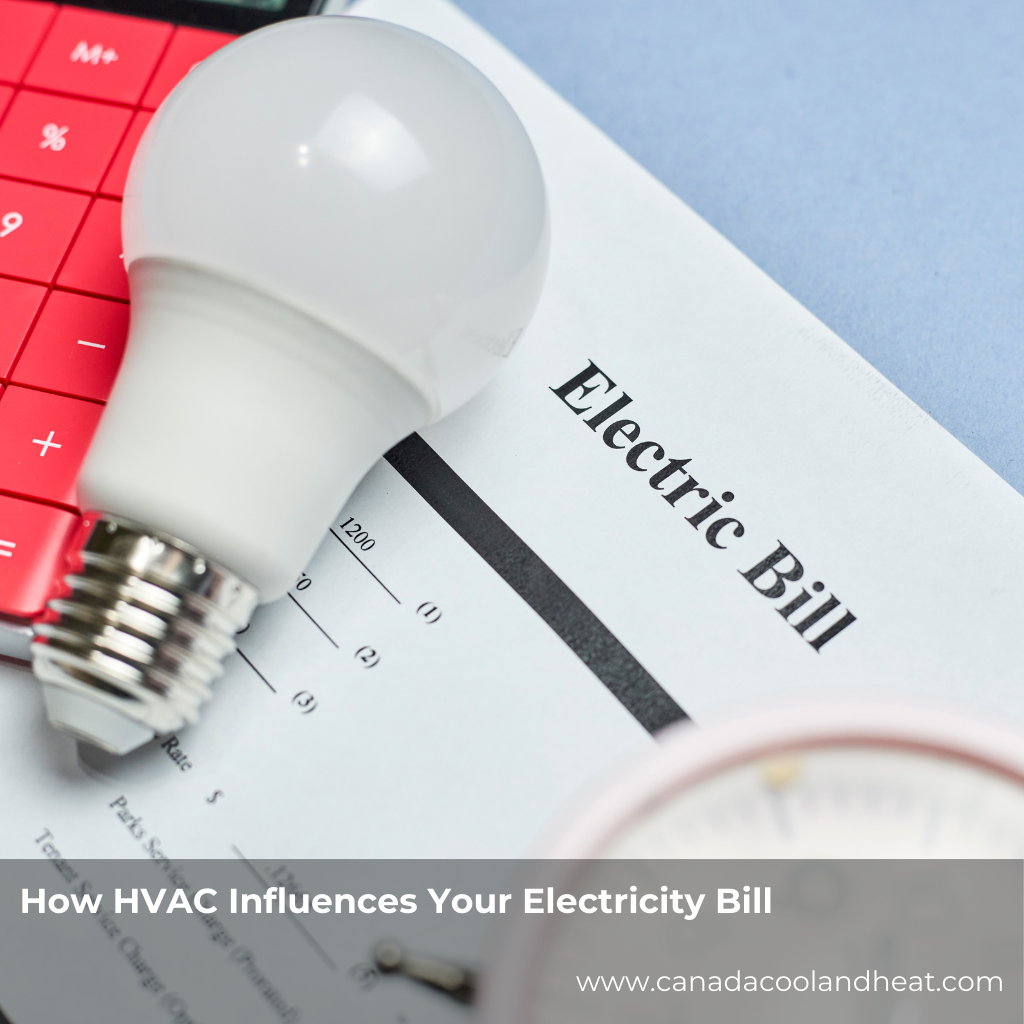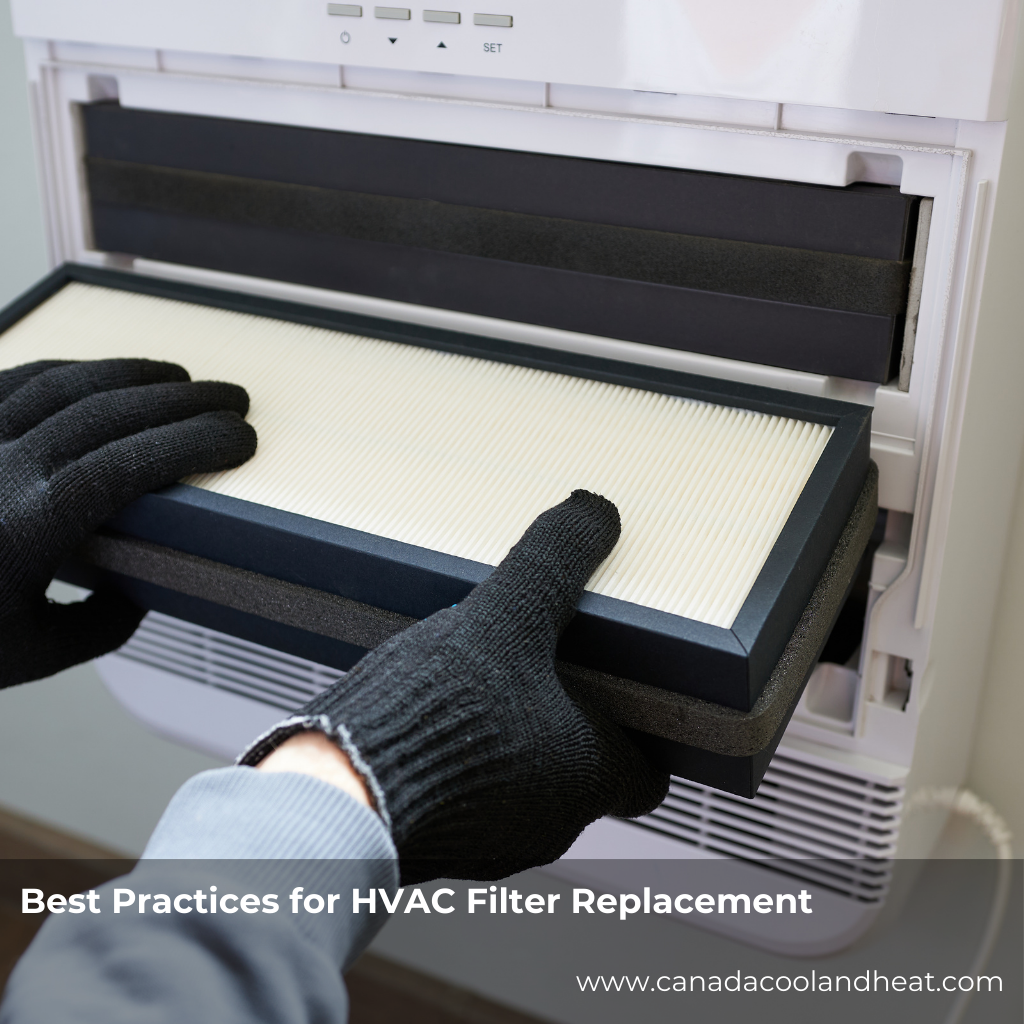Why Proper Kitchen Ventilation Matters
Cooking generates heat, moisture, and airborne particles that can affect both air quality and comfort. A properly ventilated kitchen removes:
-
Smoke and odors
-
Steam and excess humidity
-
Airborne grease particles
Without effective ventilation, those contaminants linger — coating surfaces, affecting indoor air quality, and even making your HVAC system work harder.
Inadequate ventilation can also throw off your home’s HVAC balance, leading to uneven temperatures or higher energy bills. When your range hood and HVAC system work in harmony, they maintain a stable and efficient environment.
Understanding Energy Star Ratings
The Energy Star label is awarded to appliances and systems that meet strict energy efficiency guidelines set by the U.S. Environmental Protection Agency (EPA).
For vent hoods, an Energy Star rating means:
-
Efficient airflow: The hood moves air effectively without wasting energy.
-
Quieter operation: Energy Star models often use advanced motor technology and aerodynamic designs.
-
Lower energy consumption: Typically 60% more efficient than standard models.
-
Improved lighting: LED or low-energy lighting for better visibility and reduced power draw.
So, when you see the blue Energy Star logo on a vent hood, you’re getting a product that helps your HVAC system run more smoothly — saving energy while maintaining air quality.
How Range Hoods Affect HVAC Balance
Your home’s HVAC system and kitchen ventilation are interconnected. When a range hood exhausts large amounts of air outside, it creates negative pressure inside the home. That means air from other areas — or even from outside — gets pulled in to replace it.
Here’s how it affects your system:
1. Air Pressure Changes
Large, high-powered range hoods can disrupt the balance of your HVAC system. If the exhaust rate is too high, conditioned air escapes faster than your HVAC can replace it, making heating or cooling less efficient.
2. Air Quality and Comfort
If your range hood removes too much air, your HVAC may draw in outdoor air through cracks or vents, bringing in pollutants, humidity, or allergens. A balanced system ensures fresh air circulation without compromising comfort.
3. Energy Efficiency
An improperly balanced system forces your HVAC to work harder, increasing energy use. Choosing an Energy Star-rated vent hood helps reduce that strain while maintaining ideal airflow levels.
Sizing Guidelines for Range Hoods
Getting the right size vent hood is just as important as its efficiency rating. A hood that’s too small won’t capture enough smoke or steam, while one that’s too powerful can create unnecessary HVAC imbalance.
Here are general sizing guidelines:
| Cooktop Width | Recommended Hood Width | CFM (Cubic Feet/Minute) | Ideal Use |
|---|---|---|---|
| 30 inches | 30–36 inches | 250–400 CFM | Standard electric range |
| 36 inches | 36–42 inches | 400–600 CFM | Gas cooktop or moderate use |
| 48 inches | 48–54 inches | 600–1200 CFM | High-output or commercial-style range |
💡 Pro tip:
If you have a gas range, aim for 100 CFM for every 10,000 BTUs of total burner output. Also, consider adding make-up air systems for hoods over 400 CFM to maintain HVAC balance.
Installation and Maintenance Tips
To get the best performance from your vent hood:
-
Mounting Height: Install it 24–30 inches above the cooktop for optimal capture efficiency.
-
Ducting: Use smooth, short duct runs with minimal bends to reduce airflow resistance.
-
Regular Cleaning: Clean filters monthly to prevent grease buildup.
-
LED Lighting: Choose models with efficient lighting for visibility and savings.
-
Professional Setup: Always have HVAC integration checked by a professional to ensure proper balance and code compliance.
The Environmental and Financial Benefits
Energy-efficient vent hoods don’t just improve comfort — they save money and protect the environment.
-
Lower utility bills: Energy Star models can save 30–60% on operating costs.
-
Reduced carbon footprint: Less energy use means fewer greenhouse gas emissions.
-
Longer equipment life: Balanced airflow reduces strain on both the vent hood and HVAC system.
It’s a win-win for homeowners who value both performance and sustainability.
Conclusion
The next time you’re upgrading your kitchen or HVAC system, remember that your vent hood plays a vital role in the overall comfort and efficiency of your home. Choosing an Energy Star-rated model ensures proper ventilation, improved air quality, and lower energy costs — all while keeping your kitchen comfortable and balanced.
✨ Takeaway:
For healthier air, smoother HVAC performance, and smarter energy use, invest in the right vent hood — one that’s properly sized, Energy Star certified, and professionally installed.
Frequently Asked Questions
1. What is the ideal CFM for my kitchen vent hood?
It depends on your cooktop and range size. A general rule is 100 CFM per 10,000 BTUs of burner power or 1 CFM per square foot for electric cooktops.
2. Do Energy Star vent hoods really save energy?
Yes. They use advanced motors, LED lighting, and optimized airflow systems to reduce energy consumption by up to 60%.
3. How often should I clean my vent hood filters?
At least once a month if you cook frequently. Clean filters improve airflow and prevent grease buildup.
4. Can a vent hood affect my HVAC system?
Absolutely. Oversized or improperly installed hoods can disrupt air pressure and force your HVAC to work harder.
5. What’s the best duct material for vent hoods?
Smooth metal ducts (like galvanized steel or aluminum) are best for efficient airflow and easier cleaning.
6. Do I need make-up air for my kitchen?
If your vent hood exceeds 400 CFM, yes — local building codes often require a make-up air system to maintain pressure balance.
7. What’s the quietest type of vent hood?
Energy Star-rated models typically have quieter motors and insulated designs that reduce operational noise.
8. Can I vent my range hood into the attic?
No. Range hoods should always vent to the outdoors to safely remove smoke, heat, and moisture.

